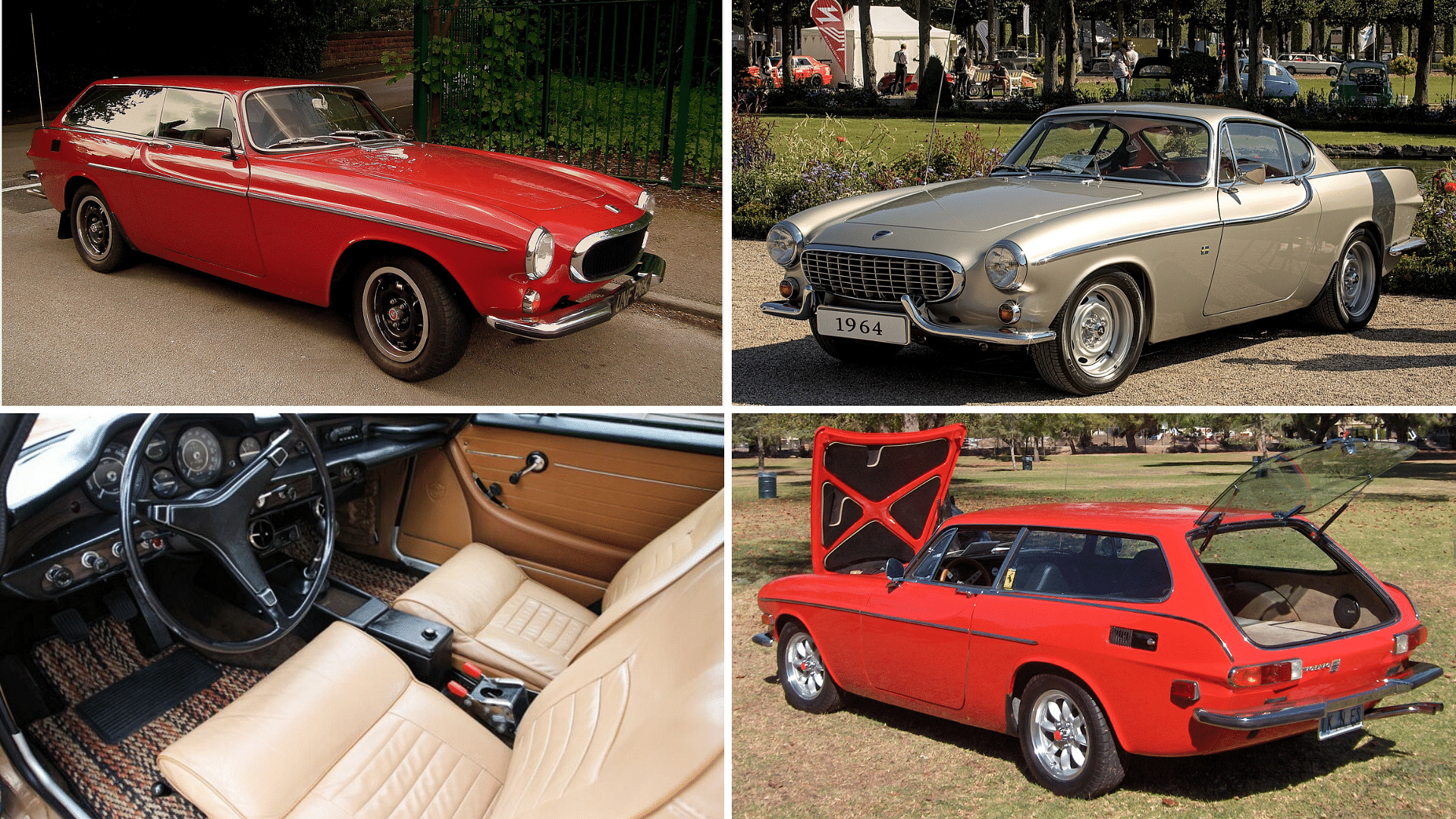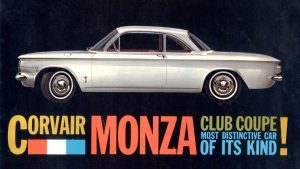
For someone of this generation, Volvo cars might mean focusing on Safety and dependability. But that’s not just the case back in the 60’s as they made some really good looking cars. And it’s safe to say, the P1800 is the car that started it all.
The Volvo P1800 was manufactured by Volvo Cars between 1961 and 1973 that boasts a striking design that’s way ahead of its time. And for all the James Bond fans out there, yeah, this is the same car that Roger Moore drove in the television series “The Saint”
Let’s take a closer look at this vintage masterpiece.
How did the P1800 Project begin?
The Volvo P1800 project was initiated in 1957 as Volvo wanted to produce a sports car to compete with other European sports cars. The project was a response to the failure of the P1900 model, which was not well-received in the market, with only 68 cars sold. Helmer Petterson, an engineering consultant to Volvo, was the man behind the project. In the 1940s, he was responsible for the Volvo PV444. He was unaware that his son, Pelle, was the one who designed the P1800. Pelle did the design work under the guidance of Pietro Frua, an Italian auto stylist, who was then part of the Italian Carrozzeria Ghia.

As a matter of fact, initially, there was a sense of concern among Volvo’s management that the P1800 might pose a competition to their own car sales. They went as far as to issue a warning to the headquarters of Karmann, threatening to terminate all existing contracts if they proceeded with the production of the P1800. This setback nearly resulted in the project’s cancellation.
Who did Volvo partner with for the manufacturing of the P1800?
One of the major challenges was the complex body construction. The P1800 had a unique body design, which required precise manufacturing techniques to achieve the desired shape and rigidity. Volvo has initially approached various German companies, including NSU, Drautz, and Hanomag, to potentially partner with. But they ultimately decided not to move forward with any of them due to concerns about whether they met Volvo’s rigorous manufacturing quality-control standards.

Volvo’s production lines were not originally set up for such a specialized process, so the company had to invest in new equipment and train their workers to ensure quality and consistency. Volvo sought out Jensen Motors, whose production lines were not operating at full capacity, and together they reached an agreement for the production of 10,000 cars. This car was unveiled to the public for the first time at the Brussels Motor Show in January 1960. However, the ultimate production number went well over 40,000.
Was the design flawed?
Launched in 1960, the P1800 made clever use of the P130 ‘Amazon’ underpinnings. Although it had a stunning road presence, unfortunately, the performance did not quite match up to its allure. To keep buyers happy, Volvo continually upgraded its engine and mechanicals. Post-1963, the P1800S saw power increase to 115bhp, which went up again to 130bhp for the P1800E.
Over the years, the P1800 underwent several changes and updates, resulting in the production of three additional models: the 1800S, 1800E, and 1800ES.
-
1800S
The 1800S was produced from 1963 to 1969, was built in two different locations and saw engine improvements throughout its production. The name changed from P1800 to 1800S when production moved to Gothenburg. The four-cylinder engine was updated in 1966 to 115 bhp and then again in 1969 to the 2-liter B20B variant, while still retaining the 1800S name.
-
1800E
This model debuted in 1970, was the first 1800 with four-wheel disc brakes and introduced fuel injection with the B20E engine. It produced 130 bhp and had a top speed of around 190 km/h, while maintaining fuel economy. In 1972, the B20F engine was introduced for specific markets to meet the newly introduced safety and emission standards.
-
1800ES
The 1800ES was introduced in 1972. It was the final P1800 variant and was a two-door Shooting brake with a frameless, all-glass tailgate. The engine was downgraded to 125 bhp but had a thicker head gasket that made it less “peaky” and improved the car’s on-the-road performance. The rear backrest of the ES could easily fold down, creating a smooth and level loading area for your convenience. In addition, an optional Borg-Warner three-speed automatic transmission was also made available for those who preferred it. However, only 8,077 examples of the ES were built over two model years due to safety and emissions standards.
Did the P1800 appear on TV?
There are only a handful of cars that are famous for their appearances on TV, and the Volvo P1800 with the registration plate ST1 is certainly one of them. During the 1960s, Roger Moore, the celebrated former James Bond actor, portrayed the lead character Simon Templar in the popular TV series “The Saint”. In the show, Moore’s character drove a white Volvo P1800, which became his iconic mode of transportation.

Although the TV series came to an end in 1969, the P1800 endured in the real world and continued to captivate car enthusiasts. Despite the car’s acknowledged imperfections, it is still regarded as a timeless classic by many even today.
How much does it cost to own a P1800 today?
Owning a P1800 today is a privilege that comes with an added bonus. These cars are coveted by collectors and can fetch high prices at auctions and private sales. So if you happen to own one, you’re in good company.
However, owning a P1800 isn’t just about the prestige of possessing a rare and exquisite car. It’s also about the sheer pleasure of driving a piece of automotive history and the gratification of preserving a classic for future generations to relish.





